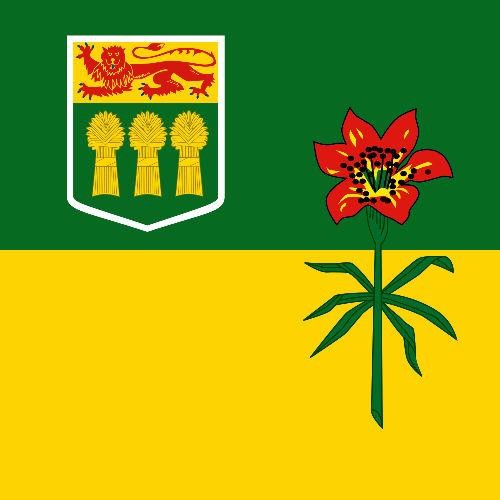View, comprehend, and evaluate critically a variety of visual and multimedia texts by international, including indigenous, artists and authors from various cultural communities, and identify how the texts address beliefs, values, and power.
| (a) |
View, respond to, and interpret visual and multimedia texts created by artists and authors from various cultural communities including indigenous peoples. |
| (b) |
Select deliberately and use effectively a variety of before (page 27), during (page 28), and after (page 29) strategies to construct and confirm meaning when viewing texts. |
| (c) |
Use language cues and conventions (page 25) from a variety of informational and literary texts to construct and confirm meaning when viewing. |
| (d) |
Demonstrate critical viewing behaviours to evaluate how effectively information, ideas, issues, and opinions are communicated in visual and multimedia texts and whether the texts achieve their intended purpose:
|
| (e) |
Explain how visual and multimedia texts are created to suit particular purposes and audiences. |
| (f) |
Explain why the same visual or multimedia texts might prompt different responses from different audiences. |
| (g) |
Identify characteristics, conventions, and/or techniques used in a variety of media forms, and explain how they shape content, convey meaning, and influence their audience(s). |
| (h) |
Identify the perspectives and/or biases evident in visual and multimedia texts and comment on questions the texts may raise about beliefs, values, and power. |
| (i) |
Identify the aesthetic effects of media presentations and evaluate the techniques used to create them. |





